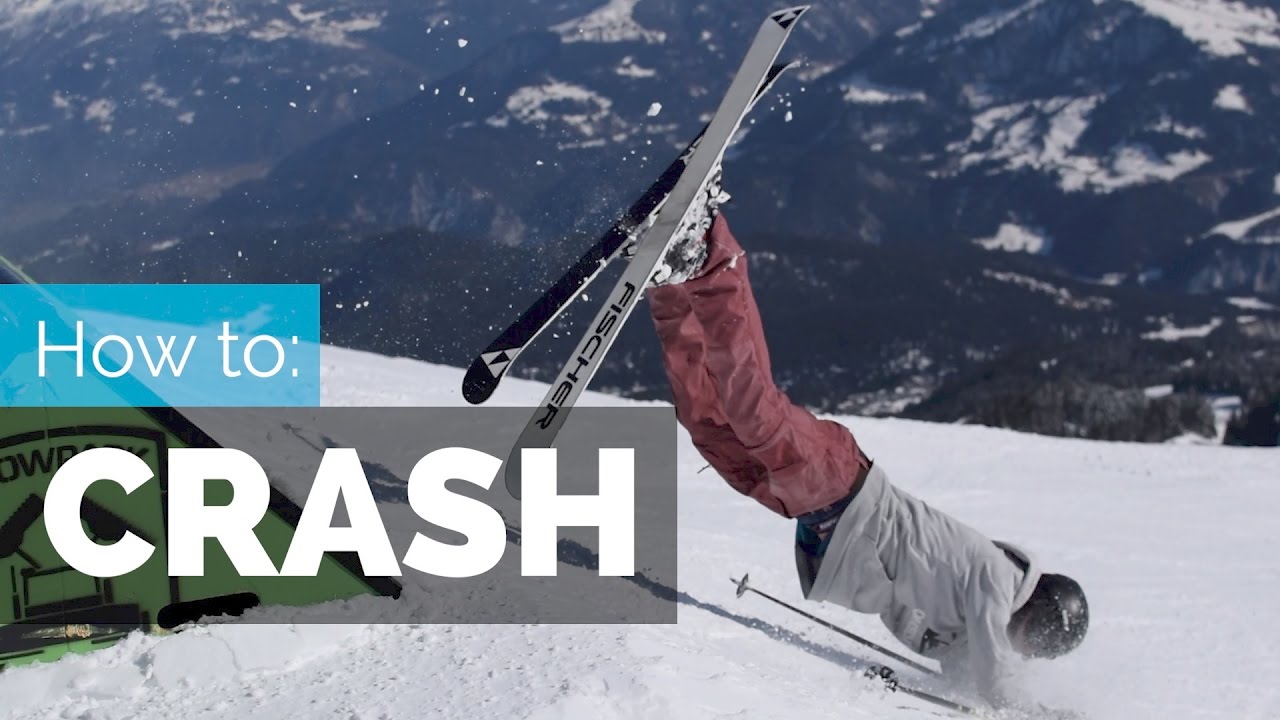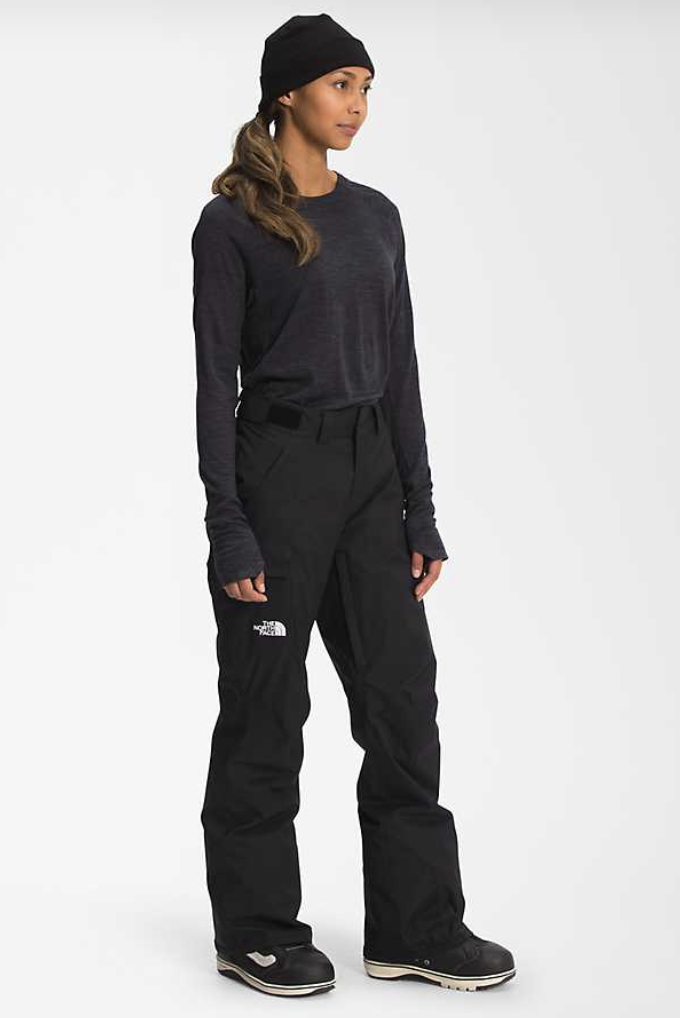
Nordic skiing is a great way of enjoying the mountains without all the crowds, cost and hassle associated with downhill skiing resorts. It has many benefits including a full body workout and breathtaking scenery.
No matter whether you're a beginner or an expert skier, a Nordic trail can provide unforgettable winter adventures. Here are a few tips to help you find the perfect ski trails for your next visit:
Selecting a resort with great Nordic trails is the first step. There are many Nordic ski trails to choose from, including classic cross-country, backcountry, and telemark. It is important to study each resort, its ski trails, and their terrain to determine which one is best for you.
Some Nordic skiing resorts offer more than just ski trails, offering a full range of winter activities and rentals. Stratton Mountain Resort, Vermont, offers 10km of groomed Nordic trails as well as fat biking, snowshoeing, and snowshoeing.
Brian Head in Utah is another great place for Nordic skiing. The resort features wide-open, fluffy skiing and a family friendly atmosphere. It hosts many events and is a great place to learn the basics.

One of the best Nordic trails systems in America can be found in Stowe. There are many trails, all varying in length and difficulty from beginner to expert that can take you through a wide range of habitats.
Stratton’s 2.5 mile Nordic Loop is a great choice for beginners and people just starting. The loop has enough up-and-down for everyone. There are crossovers that allow you to adjust your skill as you go.
It is crucial to understand the signs that will guide you on Nordic skiing trails if you are new. They are there to help you navigate the area and ensure safety.
You should be aware of some basic rules, such as avoiding classic tracks and slowing down. These are easy precautions that will keep your safe and make for an enjoyable experience.
Although the trails are marked and well-maintained, it's important to remain aware of your surroundings. This is especially important when you are traveling off-piste where it can be difficult to keep on track.
Other tips to remember include:

For safety and convenience keep to the pavement. These include insulated gloves and boots.
Also, when walking, keep your skis on the sides. This can save you from slipping and falling.
Check the rules for each Nordic resort if you intend to bring your dog along. Some places prohibit dogs, while others allow them to stay in certain areas.
Consider taking lessons from an instructor if you are new to the sport. A majority of resorts offer this service. This will allow you to save time and make your learning process more efficient. Having an instructor is a great way to get a better understanding of the sport and develop your skills quickly.
FAQ
What should I do with my luggage?
There are many choices. Most people use airport lockers. They are generally located near security. These lockers cost $5-10 per day depending on their size.
Renting a storage unit is another option. These units are often located in large shopping centers or hotels. Prices vary, but some places offer discounts for multiple units rented together.
Another option is to hire porters. A porter will transport your luggage from the carousel into your room. Each time he assists you, a small fee will be charged.
What can I do to make travelling more enjoyable?
Traveling should not just be about getting from point A to B. It should include all the experiences along your journey.
The app "Traveler" was created to help you plan your trip and create itineraries based upon your interests.
We are currently adding features like booking hotel rooms, flights, or renting cars.
The concept behind this project is to create a simple, yet effective travel planning tool for travelers who want more while on vacation.
What should you never forget when traveling?
When you travel, you'll find yourself in situations with little time to make decisions. Be ready to adapt.
Sometimes you might find yourself stuck for days, weeks or months. You can plan ahead to ensure you have water, food, shelter, and somewhere to sleep. But, if not, you might have the need to improvise.
In these situations, you will probably need to rely upon what you know best. You will have to rely on your instincts and experience to make quick decisions.
Sometimes you don't have a choice. There are many situations where you might be left without cell or gas service, or even robbed. These situations will require you to quickly adapt to the situation.
It is important to remain calm, keep your eyes on the prize and be decisive. Don't panic. Instead, try to focus on the things that you can control.
For example, if you're lost in the woods, you can choose which direction to go. Or if you're hungry, you can eat berries or mushrooms. You can also drink rainwater and melt snow if you feel thirsty.
If you are tired, you can take a break. If you're cold, you can bundle up. You can also change your clothes if you are wet. You will feel happier no matter what, if your outlook is positive
What documents should I have with me while traveling?
Keep copies of important documents at home for easy access while on the road. Keep a backup of your passport and driver's licence, as well as any credit card information, if you intend to use an ATM.
A photocopy is always a good idea. This can be used to verify your identity, if necessary.
Make sure to keep a copy of your itinerary and any reservations. These will help you remember where you are going and what you plan to see.
Keep a copy of the flight ticket and details for your hotel reservations. You will be able to reach someone back home if there is any trouble.
It's a good idea to never leave valuables unattended. Keep your valuables safe by storing them in a money belt or inside your luggage.
To avoid costly items being lost, make sure you check your luggage before you leave.
Keep in mind: It is safer to keep it simple than to plan everything.
Enjoy your journey and relax!
Statistics
- You can use compression sacs or cubes to reduce the volume of your clothes by up to 80%—this is especially convenient for bulky items such as sweaters and jackets. (eaglecreek.com)
- According to Maori legends, this park holds 14 fjords that were all carved by a giant stonemason with an adze. (busytourist.com)
- That's an 18% jump from 2019, the previous record year. (travelandleisure.com)
- Alcoholic beverages with more than 24% but not more than 70% alcohol are limited in checked bags to 5 liters (1.3 gallons) per passenger and must be in unopened retail packaging. (tsa.gov)
- Pack sweaters, jackets, and underwear in reusable compression bags creating up to 75% more space in your luggage. (wikihow.com)
External Links
How To
How to plan your next vacation
Planning a trip includes many things such as booking flights, hotels and car rentals. This includes important considerations like budget, destination and weather forecast.
These points should be kept in mind while you are planning your next holiday.
We have created a step to guide that will help you plan your next trip. This guide is based on customer feedback and our experience. We hope this guide helps you to plan your next vacation with minimal hassle.
Steps:
-
Your Budget Plan - It is important to plan your budget before you start planning your trip. Before you can start planning where and what you will do, you must first know how much you are willing to spend. You might have to cancel your plans if you don't have enough money.
-
Book Your Flights - After determining your budget, the first thing you should do is book your tickets. Find the best price and lowest flight deal. Check to see if there are any seasonal specials offered by airlines. These deals may save you money.
-
Select Your Destination - After you have booked your flight, you will need to choose where you want to travel. Numerous factors go into choosing your destination.
-
Locate Accommodations – After you've chosen your destination, you need to locate accommodations. You have many accommodation options, from hostels and luxury suites to choose from. The type of accommodation you choose will depend on your preferences and needs. For example, staying in a hotel may not be ideal if you're looking for a place close to the city center. If you prefer quiet, peaceful places, a homestay may be the best option.
-
Select Activities & Attractions. After you have chosen your accommodation, now it's time to choose the activities and attractions that will be included in your itinerary. You can choose to include only certain activities depending on how long you stay. Or, add multiple new activities throughout the trip.
-
Determine your schedule - After you've chosen the attractions and activities that you would like to include in your itinerary, it's now time to create it. It is important to stick to a schedule in order for maximum enjoyment of your trip. You can still enjoy your trip if you are able to travel at your own pace.
-
Create Itinerary - Creating an itinerary includes all the information about your trip. Write down all details about your trip, including flights, accommodation, activities, and restaurants.
-
Research online - Make sure you do your research before you leave for your trip. Find out what other travelers have to say about different destinations by reading reviews and testimonials. This will allow you to plan your trip accordingly.
-
Don't Overpack - This is one of the most common mistakes people make when packing. Try to bring just three sets of clothes instead of five. You should bring clothing that suits the conditions.
-
Be Prepared - Finally, be prepared! Have everything ready before setting off for your trip. Do not waste your time looking for important documents when you are in transit.